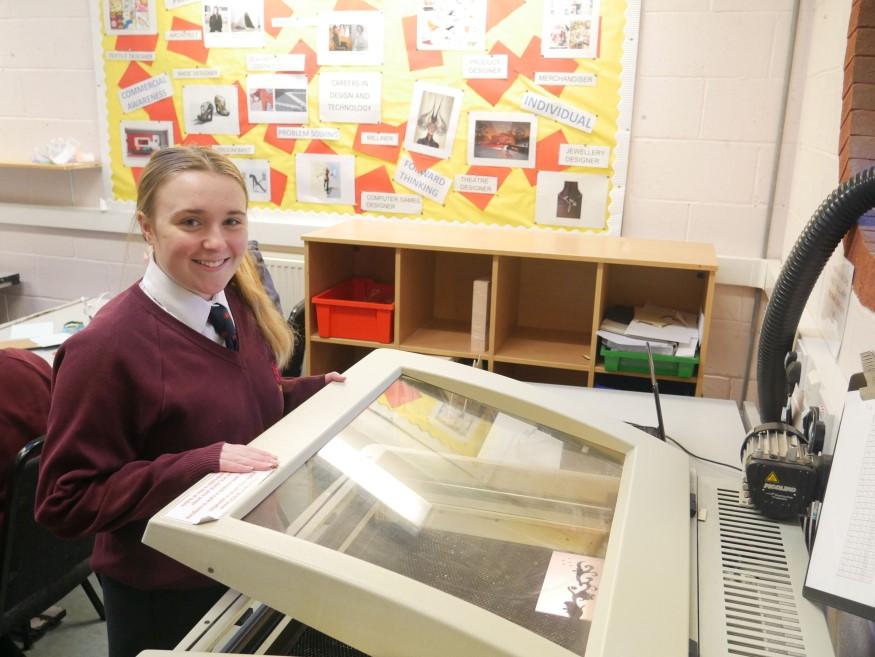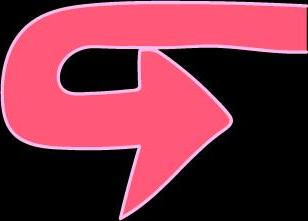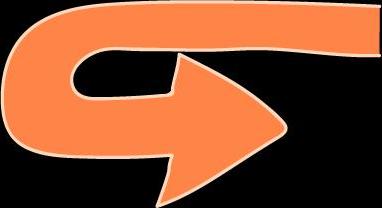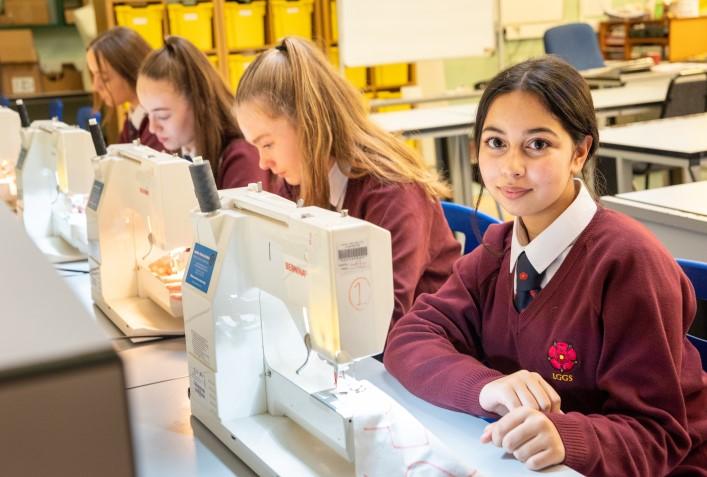
4 minute read
My Thoughts
TECHNOLOGY FREE OPTION CHOICE
DESIGN & TECHNOLOGY
DESIGN & TECHNOLOGY Design and Technology is a new specification which combines the creative design process and practical making skills necessary to realise a commercial product (50% controlled assessment) along with an understanding of the broad range of issues faced by the modern industrial environment (50% 2 hour exam). What will the GCSE Design and Technology course cover? The focus of learning will be through the design and manufacture of a product chosen by you utilising a range of appropriate skills and materials. In addition, by building on topics already started at Key Stage 3 you will gain a breadth of technical knowledge and understanding in the following areas: new and emerging technologies, energy and storage generation, modern and smart materials, systems approach to designing, mechanical devices and materials and their working properties.
How is the course structured? In Year 10 you will complete 4 projects that encourage you to explore a range of different materials and manufacturing processes in preparation for a project of your own choosing in Year 11. The first project, Fragrance Packaging explores the different types of paper and board used in the packaging industry. Research is carried out into the manufacture of paper and the industrial printing processes used. Commercial packaging nets are developed using CAD/CAM and the final outcome is the packing for the relaunch of a branded fragrance. The second project explores the
W H Y D E S I G N & T E C H N O L O G Y ?
DESIGN & TECHNOLOGY: Product design is about understanding people, questioning existing ways of doing things and seeing opportunities for innovative products that will enrich quality of life. You will explore research, design and practical methods.
Why choose GCSE Design & Technology?
Design and Technology demonstrates to future employers that you are a practical problem solver with a whole range of transferable skills including time management, commercial awareness, project management, communication and market research. The course provides an opportunity to practise fine motor skills required in a variety of professions including surgery, dentistry, veterinary and architecture. It is useful when applying for an apprenticeship as it demonstrates an understanding of the issues faced in a modern industrial environment.


importance of Design History to the development of product design in the C21st. From Arts and Crafts, Art Nouveau and Bauhaus to Memphis, Alessi and Apple we aim to become familiar with the key design principles and apply them in the design and manufacture of a piece of jewellery. The key material under investigation in this project is plastic and we look at the different types and manufacturing properties of the material alongside its environmental impact. Resistant materials in the form of natural and manmade timbers are the focus of the third project. Timbers are used to explore the more traditional methods of working with hand tools and combining these with the capabilities of using new technology such as the laser cutter. The product outcome is a small wooden jewellery box. The final project of the Year10 course features textiles. We explore the characteristics of both natural and manmade fibres and fabrics. Pupils learn how to use the sewing machine through a series of textile construction techniques and we generate printed textile designs using CAD and realise them using sublimation printing. These newly acquired skills are then combined to produce a textile bag.
Design & Technology compliments …
Subjects such as Physics, Maths, Chemistry and IT having knowledge of how physical and chemical processes work can come in handy when designing products. You may not know what career path you want to follow - by keeping a practical GCSE in your folio you keep your option open! Contact teachers Mrs J Sandbach


EXAM BOARD AQA
ASSESSMENT Exam and Coursework
CAREERS Product Designer Merchandiser Architect Marketing Director Ergonomist Landscape Architect Packaging solutions engineer Colourist Textile Designer Interior Designer Buyer Lapidarist Shoe Designer Mechanical engineer Milliner Fashion designer Quantity surveyor Computer Games Designer
MY THOUGHT S OPTION CHOICES
Before making your Option Choices ask yourself these questions …
S u b j e c t s I a c h i e v e w e l l i n
S u b j e c t s I e n j o y
S u b j e c t s I m i g h t n e e d f o r a c a r e e r
Which subjects do I enjoy the most? (subjects, not the teacher!)
Do I need a par ticular subject/s for my future career path?










